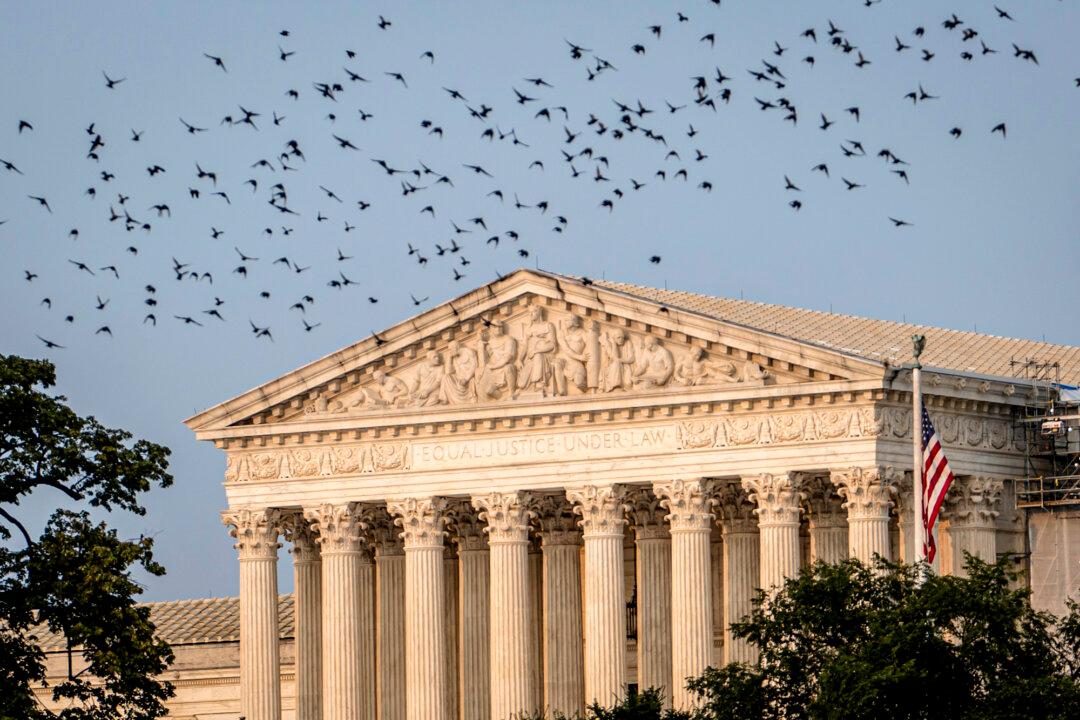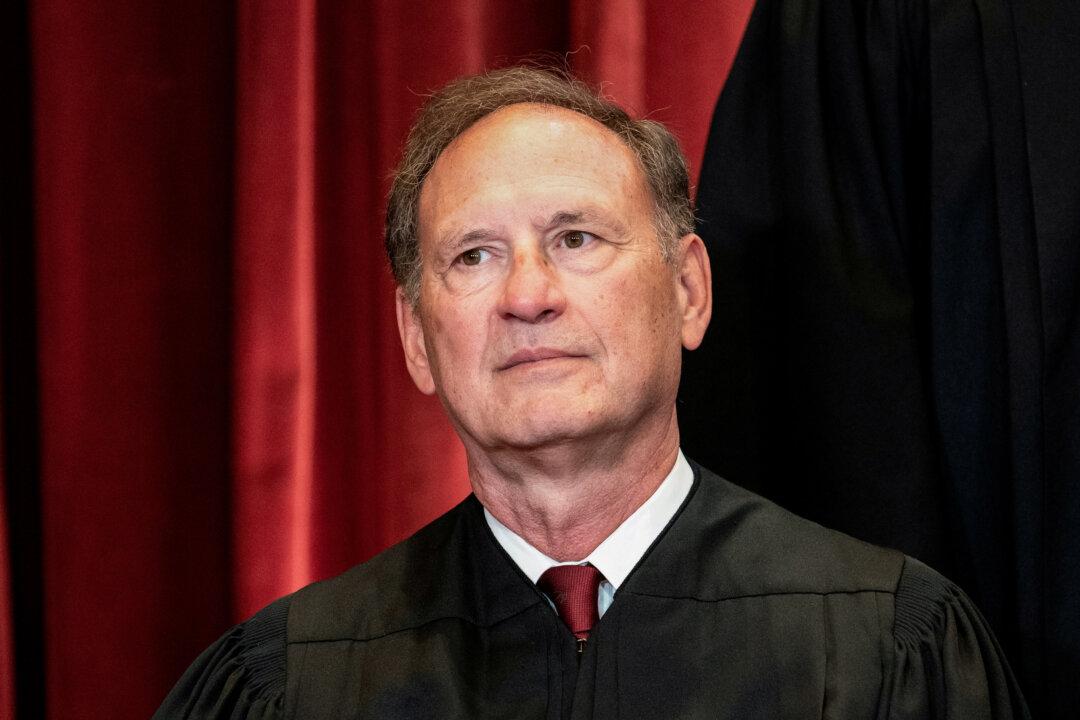The U.S. Supreme Court agreed on Feb. 6 to a Department of Justice (DOJ) request to halt a pending student loan case but declined to pause processing three environmental regulation cases.
The Supreme Court did not explain its decisions. No justices dissented.
Position changes in high-profile court cases often take place when a new party assumes the presidency. After President Joe Biden was inaugurated in January 2021, the DOJ similarly changed its position on several court cases that were pending at the time.
Acting Solicitor General Sarah Harris, who is currently the Trump administration’s top lawyer at the Supreme Court, said in the Jan. 24 filings that the DOJ needs time to look at the cases because a new president is in charge.
Harris had asked the court to halt all written briefing deadlines in the cases, which would suspend the processing of those cases indefinitely. Before the court hears oral arguments in a case, it typically asks the litigants to file briefs outlining the arguments they intend to make.
In legal parlance, Harris filed motions to hold the briefing schedule in the cases in abeyance. In other words, she asked the court to suspend briefings until the new president’s administration can decide how to proceed.
Student Loan Case
On Feb. 6, the Supreme Court agreed to put Department of Education v. Career Colleges and Schools of Texas on hold.The court could decide at some point to move forward and resume the processing of the case. The court could also change its mind and decide to withdraw approval of the petition.
The Trump administration could also render the case moot or irrelevant by changing or repealing the Biden-era Department of Education’s rule that is being challenged. The rule established procedures that student borrowers can follow to show that they were defrauded by the schools they attended and thereby qualify for student loan forgiveness.
Some borrowers claim that schools committed fraud by using unethical recruitment tactics or by advertising exaggerated post-graduation job placement figures.
A lower court issued a ruling halting the department-directed expansion of defenses that student loan borrowers can use to contest repayment.
Environmental Cases
On Feb. 6, the Supreme Court denied the DOJ motions in three cases that involve the U.S. Environmental Protection Agency (EPA).Two of the cases concern the federal Clean Air Act, which provides that challenges to “nationally applicable regulations” may “be filed only” in the U.S. Court of Appeals for the District of Columbia Circuit.
At issue is the EPA’s “good neighbor” rule, which targets states whose industries are said to be contributing to smog.
The Clean Air Act requires each state to adopt an implementation plan to comply with national standards, which the EPA then reviews. But in 2023, the agency drafted its own rule after rejecting 23 states’ plans for meeting national ozone standards.
In February 2024, the U.S. Court of Appeals for the 10th Circuit determined that challenges to EPA disapproval of the state plans could be filed only in the D.C. Circuit.
The states said the regulation was illegal, costly, could lead to blackouts, and undermined the principles of the Clean Air Act, while the EPA said the rule was urgently needed to fight air pollution.
The Supreme Court said Justice Samuel Alito did not participate in the abeyance motion ruling in Oklahoma v. EPA. It did not explain why.
In the second case, EPA v. Calumet Shreveport Refining, oil refineries are arguing that they should be exempted from a federal mandate that the gasoline they produce must contain a specified percentage of ethanol.
The EPA argued that the case should be heard by the D.C. Circuit, but the U.S. Court of Appeals for the Fifth Circuit found in November 2023 that it—and not the D.C. Circuit—was the proper venue for that appeal.
California Emissions Case
In a third environmental case, Diamond Alternative Energy LLC v. EPA, the Supreme Court agreed on Dec. 13, 2024, to decide whether it would revive a lawsuit filed by energy companies over California’s tough vehicle emissions standards. The court has not yet scheduled oral arguments in the case.A lower court ruled that California had the authority to regulate tailpipe emissions. That court held that the energy companies bringing the legal action could not demonstrate that they had legal standing to sue, meaning that they couldn’t show a strong enough connection to the claim to justify their participation in the lawsuit.
California’s policy stances are influential, and several states have already adopted its regulatory framework for automobiles. California says its policies are needed to fight climate change by driving down demand for liquid fuel.
“Such a reassessment could obviate the need for this Court to determine whether petitioners had Article III standing to challenge that decision.”
Article III of the U.S. Constitution governs federal courts and has been interpreted as providing that those courts may only hear cases involving actual controversies in which at least one litigant has standing to sue.







